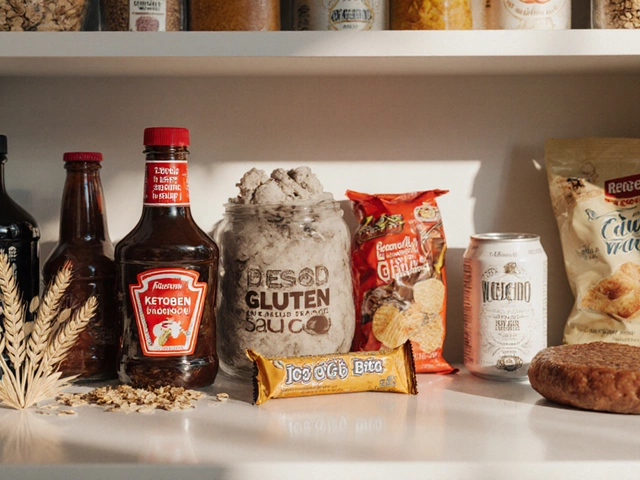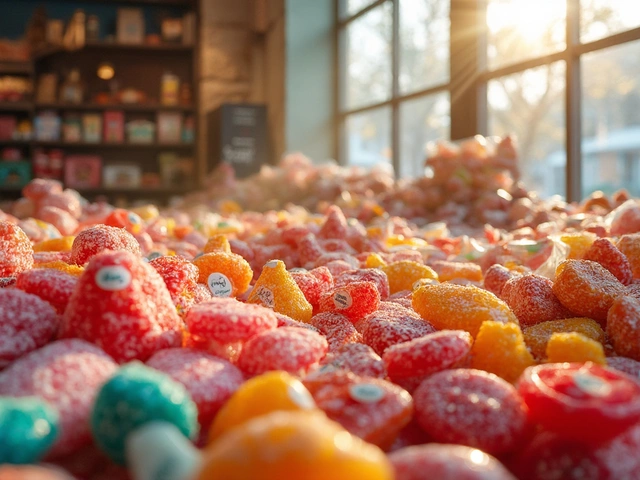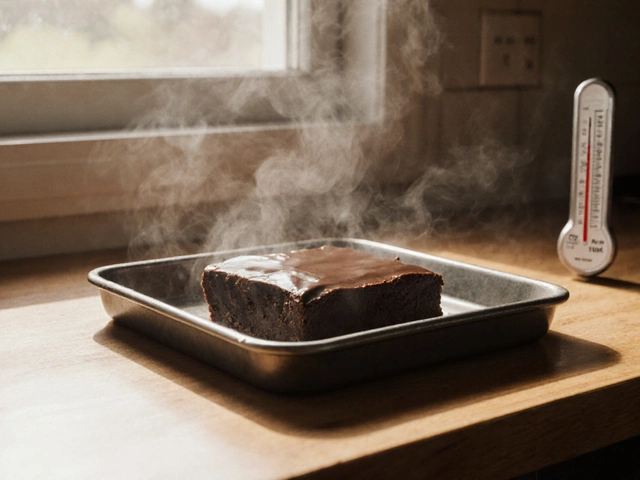Fudge Capital – Tips, Tricks & Recipes for Perfect Fudge Every Time
Welcome to the fudge hub where we turn sticky messes into silky treats. Whether you’re a beginner or a seasoned fudger, you’ll find straight‑forward advice that actually works. Let’s cut the fluff and get your fudge right on the first try.
Master the Soft‑Ball Stage
The soft‑ball stage is the sweet spot for fudge – around 115‑120°C (239‑248°F). That temperature gives you a pliable, glossy mixture that sets smooth. If you don’t have a candy thermometer, watch the syrup as it forms a soft ball when dropped into cold water. It should bend easily but keep its shape. Altitude matters too; for every 300 m above sea level, add 2‑3°C to keep the same consistency.
A quick fix when you miss the mark: if the mix is too soft, let it boil a minute longer while stirring constantly. If it’s too firm, add a splash of milk and re‑heat gently. These tweaks save you from scrapping a batch.
Keep Your Fudge Smooth, Not Grainy
Grainy fudge happens when sugar crystals form too early. The trick is to stir constantly once you reach the soft‑ball stage, then stop stirring completely as soon as the mixture thickens and loses its glossy sheen. Let it sit undisturbed for a minute, then beat it with a whisk or electric mixer until it loses its shine and looks thick.
Using white sugar instead of brown reduces hidden moisture that can cause graininess. Also, add a tiny pinch of corn syrup or glucose – it interferes with crystal formation and gives you that melt‑in‑your‑mouth texture.
Now that you know the science, it’s time to put it into practice. Here’s a quick, fail‑proof fudge recipe you can tweak:
- 2 cups (400 g) granulated sugar
- 1 cup (240 ml) sweetened condensed milk
- ¼ cup (60 ml) butter
- ½ cup (90 g) chocolate chips or cocoa powder
- 1 tsp vanilla extract
Combine sugar, condensed milk, and butter in a saucepan. Heat over medium, stirring, until it hits the soft‑ball stage. Remove from heat, add chocolate and vanilla, let it cool a minute, then beat until the glaze disappears. Spread into a lined pan, let set, and slice.
If you’re at high altitude, remember the extra heat and a splash more liquid. If you’re in a humid kitchen, dry the pan and use a dehumidifier if possible – excess moisture makes fudge too soft.
That’s the core of fudge mastery: temperature control, proper stirring, and a few ingredient hacks. Keep these pointers handy, experiment with flavors, and you’ll never waste a batch again.
Got a favorite fudge twist? Share it in the comments or try mixing in nuts, caramel, or a dash of espresso. Happy fudging!

Discovering Mackinac Island: The Fudge Capital of the World
Nestled in the heart of the Great Lakes, Mackinac Island holds the sweet title of the world's fudge capital, charming visitors with both its scenic beauty and mouth-watering confections. Beyond the picturesque landscapes, the island's fudge-making tradition dates back over a century, delighting sweet-toothed adventurers. Learn about the island's fudgy fame and pick up insider tips for creating your own rich, creamy fudge. Get ready to explore the secret behind perfect fudge consistency and why Mackinac's creations stand out.
View More




